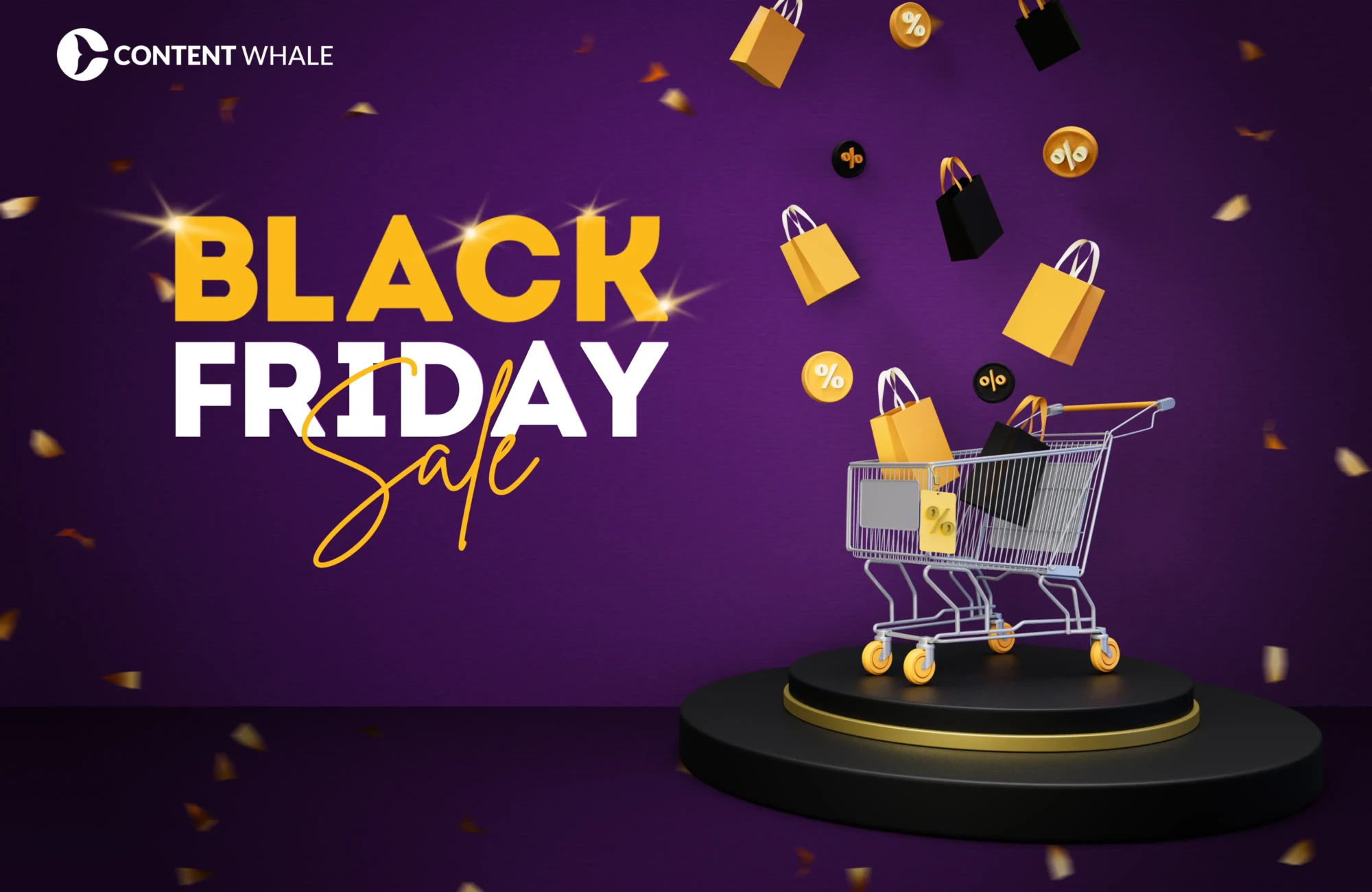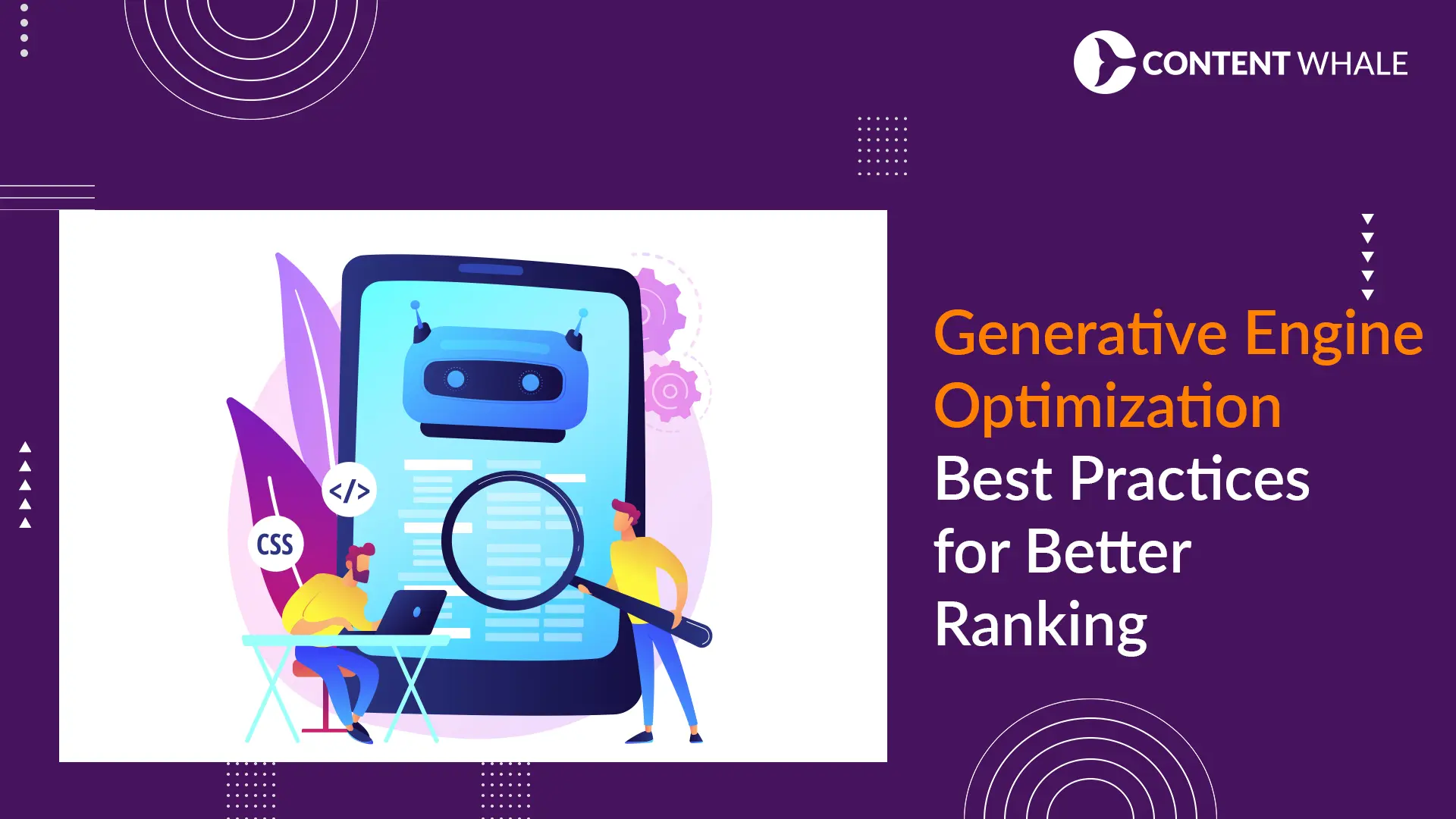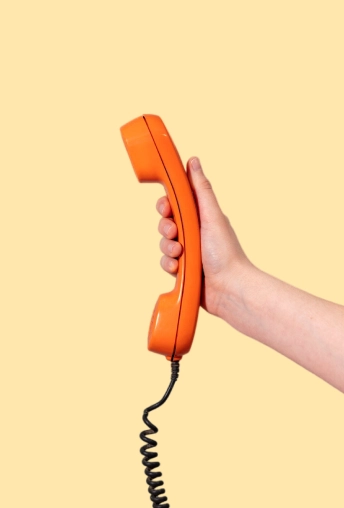Retailers generated $9.8 billion in online sales during Black Friday 2023, representing a 7.5% increase from the previous year. This single shopping event accounts for nearly 15% of annual revenue for many brands, making it the most critical sales period of the year.
Black Friday presents an opportunity for brands to acquire new customers at scale, clear inventory, and establish relationships that extend beyond seasonal promotions. Companies that execute strategic campaigns during this period see average order values increase by 23% compared to regular shopping days.
This guide will explore how brands can structure their Black Friday sale campaigns to maximize revenue, increase market share, and build customer loyalty that translates into year-round profitability.
Understanding Black Friday Consumer Behavior

Purchase Decision Patterns
Research shows that 72% of consumers begin researching Black Friday deals at least three weeks before Thanksgiving. This extended planning window requires brands to launch awareness campaigns in early November rather than waiting until the week of the sale.
Consumer motivation during Black Friday differs significantly from regular purchase cycles. MIT Sloan School of Management research indicates that shoppers demonstrate heightened price sensitivity and comparison behavior, with 68% visiting at least four different retailers before completing a purchase.
Mobile Shopping Dominance
Mobile devices accounted for 55% of all Black Friday online traffic in 2023. Brands that optimize checkout processes for mobile users see conversion rates 31% higher than those with desktop-only experiences.
The average mobile session during Black Friday lasts 8.2 minutes, compared to 12.4 minutes on desktop, highlighting the need for streamlined navigation and faster load times across all device types.
Pre-Sale Campaign Strategy
Email List Segmentation
Brands that segment their email lists based on purchase history and engagement levels achieve 41% higher click-through rates during Black Friday campaigns. Effective segmentation separates first-time buyers, repeat customers, and inactive subscribers into distinct groups.
Send VIP customers early access to Black Friday deals 48 hours before public launch. This exclusivity drives a sense of privilege and increases the likelihood of purchase by 28%, based on research from the Journal of Marketing Research (Source).
Social Media Teaser Campaigns
Start social media campaigns 14 days before Black Friday to build anticipation. Brands that post daily countdown content see engagement rates increase by 47% compared to standard posting frequencies.
Use platform-specific strategies: Instagram Stories for behind-the-scenes preparation content, Facebook for detailed product showcases, and TikTok for short-form promotional videos. Cross-platform consistency ensures message reinforcement across different audience segments.
Paid Advertising Budget Allocation
Allocate 60% of your Black Friday advertising budget to retargeting campaigns that focus on website visitors from the previous 30 days. These audiences convert at 3.2 times the rate of cold traffic, based on Google Ads performance benchmarks (Source).
The optimal budget distribution for Black Friday campaigns breaks down into three core categories:
- Retargeting campaigns (60% of budget): Focus exclusively on website visitors from the past 30 days who viewed products but did not complete purchases. These warm audiences already demonstrate purchase intent and convert at significantly higher rates than cold traffic, making them your highest-ROI investment during the promotional period.
- Competitor keyword bidding (25% of budget): Target search terms that include competitor brand names combined with terms like “alternative” or “vs” to capture comparison shoppers actively evaluating options. This strategy intercepts potential customers at the decision stage and redirects them to your Black Friday sale offerings.
- Discovery and lookalike campaigns (15% of budget): Allocate the remaining budget to cold audience acquisition through lookalike audiences modeled after your best customers. This balanced approach maintains growth while prioritizing immediate conversion opportunities during the high-stakes promotional window.
Pricing and Discount Architecture

Strategic Discount Levels
The optimal discount range for Black Friday promotions falls between 25-40%, according to pricing research from the Journal of Retailing (Source). Discounts below 20% fail to differentiate from regular promotional periods, while discounts above 50% raise quality concerns among consumers.
Implement tiered pricing structures that reward larger purchases. Offer 25% off single items, 35% off two items, and 40% off three or more items. This approach increases average order value by 37% compared to flat-rate discounts.
Psychological Pricing Tactics
Price products at $49 instead of $50 or $99 instead of $100. Research from the Journal of Consumer Psychology shows that left-digit pricing increases conversion rates by 8% during promotional periods (Source).
Display original prices prominently next to sale prices to emphasize savings. Consumers process discount value more effectively when both numbers appear together, leading to faster purchase decisions.
Website Optimization for Conversion
Page Load Speed
Every one-second delay in page load time reduces conversions by 7%, according to Google research. Compress images, minimize code, and use content delivery networks to ensure pages load in under two seconds during peak traffic periods.
Test website performance under simulated high-traffic conditions before black Friday begins. Sites that crash or slow significantly during peak hours lose an average of $220,000 per hour in potential revenue.
Simplified Checkout Process
Reduce checkout steps to three or fewer screens. Research shows that 21% of cart abandonment occurs due to complicated checkout processes. Enable guest checkout options and save payment information for returning customers.
Display security badges and return policies clearly on checkout pages. These trust signals increase completion rates by 13% for first-time buyers during high-stakes purchasing events.
Live Inventory Indicators
Show real-time stock levels for popular items. Messages like “Only 3 left in stock” create urgency that increases immediate purchases by 22%, according to behavioral economics research from Duke University.
Update inventory counts every 60 seconds during peak traffic hours. Accurate information prevents customer frustration and reduces support inquiries related to out-of-stock items.
Multi-Channel Marketing Execution
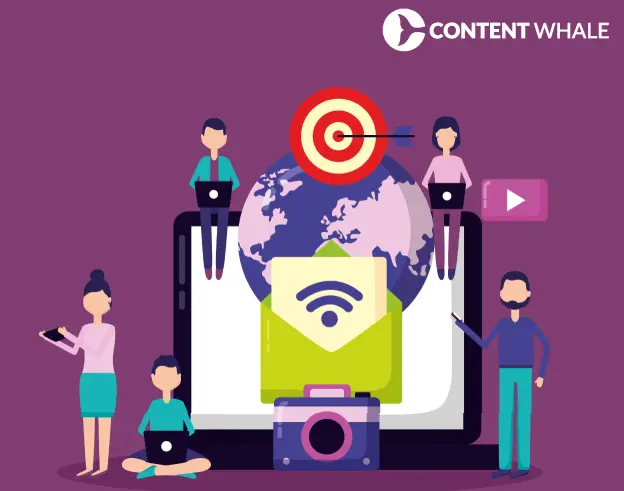
Email Campaign Timing
Send the first Black Friday email at 6 AM on Thanksgiving Day, followed by reminders at noon and 6 PM. This cadence captures early shoppers without overwhelming inboxes.
Personalize subject lines with recipient names or previous purchase categories. Personalized subject lines generate 26% higher open rates during promotional periods compared to generic headers.
SMS Marketing Integration
Text message open rates reach 98% within three minutes of delivery, making SMS the most immediate channel for time-sensitive Black Friday deals. Limit messages to two per day to maintain compliance with consumer preferences.
Include direct purchase links in all text messages. Mobile-optimized landing pages accessed through SMS convert at 29% higher rates than standard mobile pages.
Retargeting Ad Sequences
Create three-stage retargeting sequences for cart abandoners: first reminder within one hour, second reminder after six hours, and final reminder 24 hours post-abandonment. This sequence recovers 15% of abandoned carts during Black Friday periods.
Effective retargeting requires carefully structured incentive progression that balances urgency with profitability:
- First touchpoint (1 hour post-abandonment): Display the original Black Friday deal without additional incentives. This reminder captures customers who were interrupted or distracted during checkout. Many return immediately when reminded, making this the highest-conversion touchpoint at minimal cost to margins.
- Second touchpoint (6 hours post-abandonment): Add free shipping to the original discount. This incremental benefit addresses the most common purchase objection without significantly impacting profitability. The time gap ensures you avoid bothering customers who already completed their purchase through the first reminder.
- Final touchpoint (24 hours post-abandonment): Include an additional 10% discount on top of the Black Friday sale price. This aggressive incentive targets price-sensitive shoppers who need maximum value to convert. The 24-hour delay ensures this deep discount only reaches genuinely hesitant customers rather than training all shoppers to wait for better deals.
Customer Service and Support Scaling
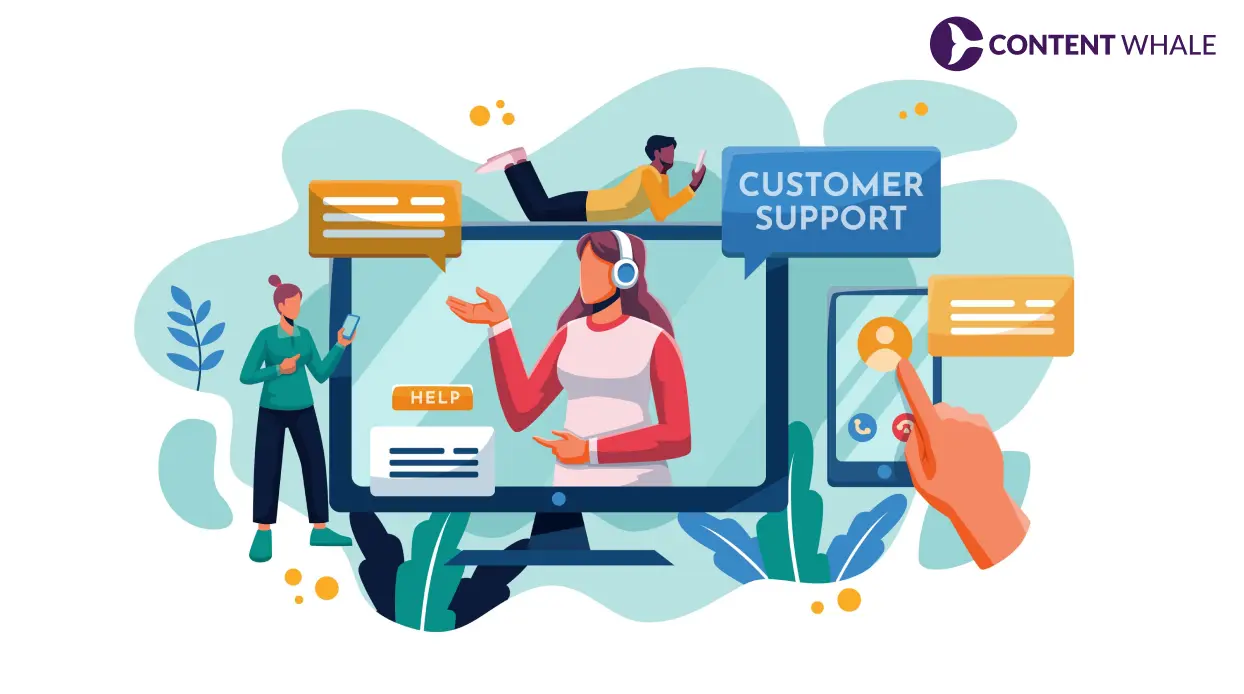
Chatbot Implementation
Deploy AI chatbots to handle routine inquiries about order status, return policies, and product specifications. Chatbots resolve 65% of customer questions without human intervention during black friday periods.
Ensure human support remains available for complex issues. Hybrid support models that combine automated responses with human escalation paths maintain customer satisfaction while managing support costs.
Extended Support Hours
Extend customer service availability to 24/7 coverage during Black Friday weekend. Brands offering round-the-clock support see 19% fewer negative reviews compared to those with limited hours.
Train temporary support staff two weeks before Black Friday begins. Well-prepared teams handle 28% more inquiries per hour and maintain higher resolution rates under pressure.
Measuring Campaign Performance
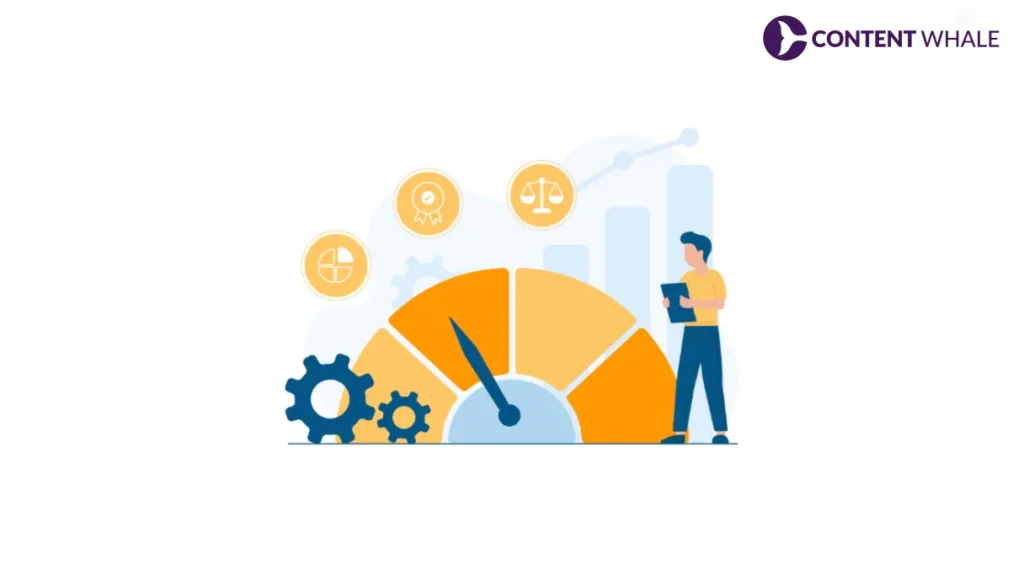
Key Metrics to Track
Monitor conversion rate, average order value, customer acquisition cost, and return on ad spend in real-time during Black Friday. Brands that adjust campaigns based on hourly performance data achieve 27% better results than those using static strategies.
Calculate customer lifetime value for Black Friday acquirees separately from regular customers. This segmentation reveals the true profitability of seasonal promotions beyond immediate revenue.
Attribution Analysis
Use multi-touch attribution models to understand which marketing channels contribute most effectively to Black Friday conversions. Last-click attribution undervalues awareness channels by an average of 40%, according to marketing analytics research from Northwestern University.
Compare assisted conversions across email, social media, paid search, and retargeting to allocate future budgets more effectively. Data-driven budget allocation increases overall campaign ROI by 31% year-over-year.
Conclusion
Black Friday represents the highest-stakes marketing opportunity of the year, requiring strategic planning, technical optimization, and customer-focused execution. Brands that implement data-backed strategies across email marketing, website optimization, multi-channel promotion, and post-purchase relationship building capture significantly larger market share during this critical period.
Success requires balancing aggressive promotional tactics with long-term customer value creation. The brands that win Black Friday treat the event as a customer acquisition and relationship-building opportunity rather than a pure discounting exercise.
Need expert content to power your Black Friday campaigns? Contact Content Whale to create SEO-optimized email sequences, product descriptions, landing pages, and blog content that convert holiday shoppers into loyal customers.

Frequently Asked Questions
1. When should I start preparing my Black Friday marketing campaign?
Begin planning at least 8-10 weeks before Black Friday. This timeline allows for inventory procurement, creative asset development, email list segmentation, and paid advertising setup. Early preparation ensures your team can execute campaigns without last-minute technical issues that compromise performance during peak traffic periods.
2. What discount percentage works best for Black Friday promotions?
Discounts between 25-40% generate optimal results during Black Friday sale periods. Lower discounts fail to create urgency, while higher discounts damage perceived product value and profit margins. Implement tiered pricing that rewards larger purchases to increase average order value while maintaining healthy margins across all transaction sizes.
3. How do I prevent my website from crashing during Black Friday traffic spikes?
Conduct load testing at 150% of expected traffic levels before Black Friday begins. Use content delivery networks, compress images, minimize server requests, and implement caching strategies. Partner with your hosting provider to ensure scalable infrastructure and have technical support on standby throughout the event to address issues immediately.
4. Should I offer the same Black Friday deals to all customers?
Segment your audience and offer tiered access. Provide VIP customers and email subscribers with early access 24-48 hours before public launch. This strategy rewards loyal customers, generates initial revenue momentum, and creates exclusivity that encourages email list growth for future campaigns throughout the year.
5. How can I turn Black Friday shoppers into repeat customers?
Send personalized thank-you emails within 24 hours, automatically enroll purchasers in your loyalty program with bonus points, and follow up with care instructions and cross-sell recommendations. Request reviews 7-10 days post-delivery and use purchase data to send targeted recommendations throughout the following year for sustained engagement.
